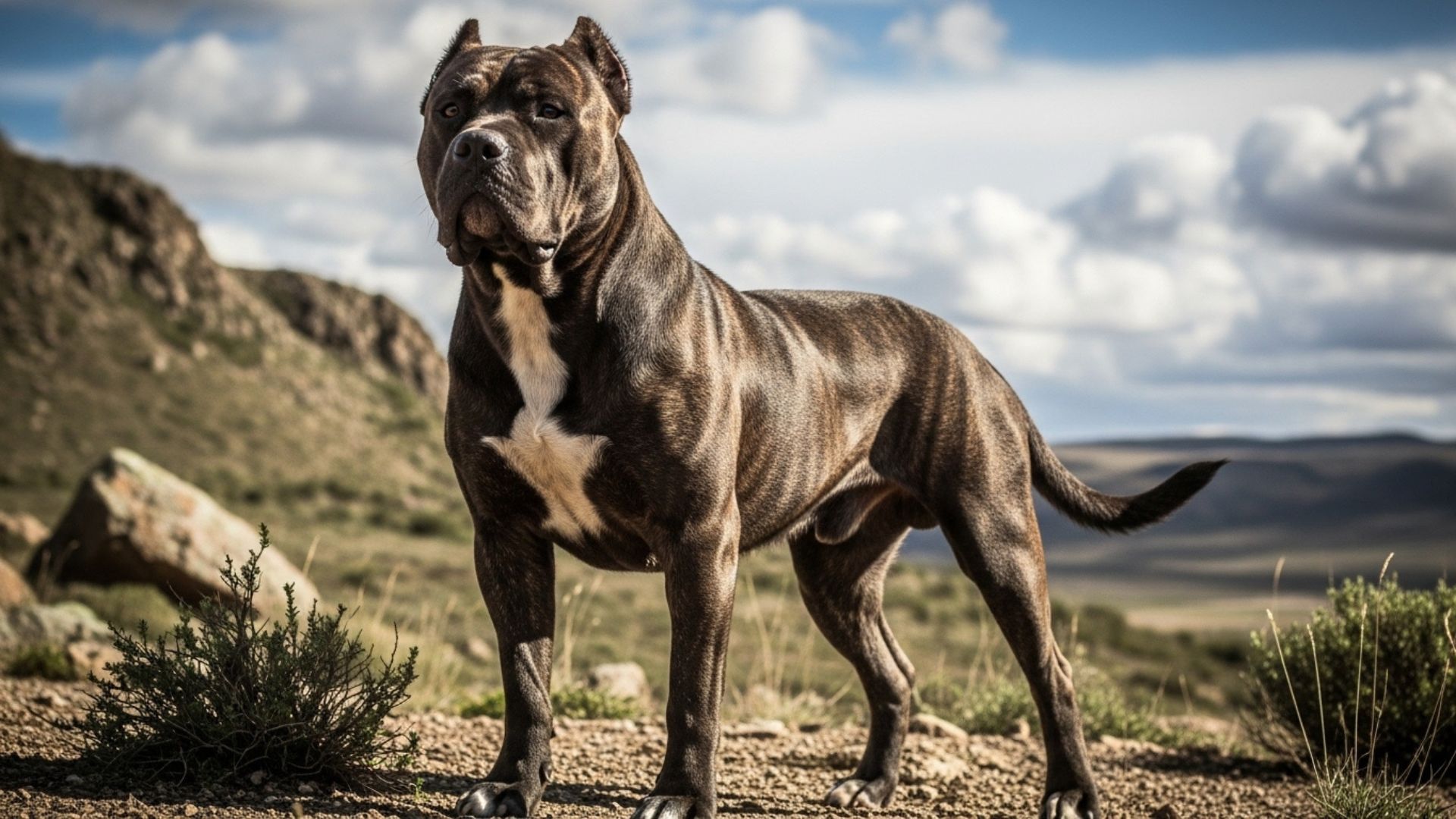Throughout history, certain canines have been revered not just for their loyalty but also for their incredible strength. These most ancient dog breeds, developed for specific tasks like guarding, hunting, and herding, were indispensable to their human counterparts.
From massive protectors in ancient civilizations to resilient hunters of the wild, these domestic dogs were built to withstand challenges and thrive in tough environments. Their unique traits, such as physical power, endurance, and loyalty, made them vital companions.
The enduring legacy of these ancient breeds is a testament to their strength, loyalty, and intelligence. They served as vital protectors and invaluable assets to early human civilizations across the globe, cementing their place as living historical artifacts.
The Strongest Ancient Dog Breeds
Uncover the strongest ancient canines, bred for strength and resilience across centuries of history.
1. Akita
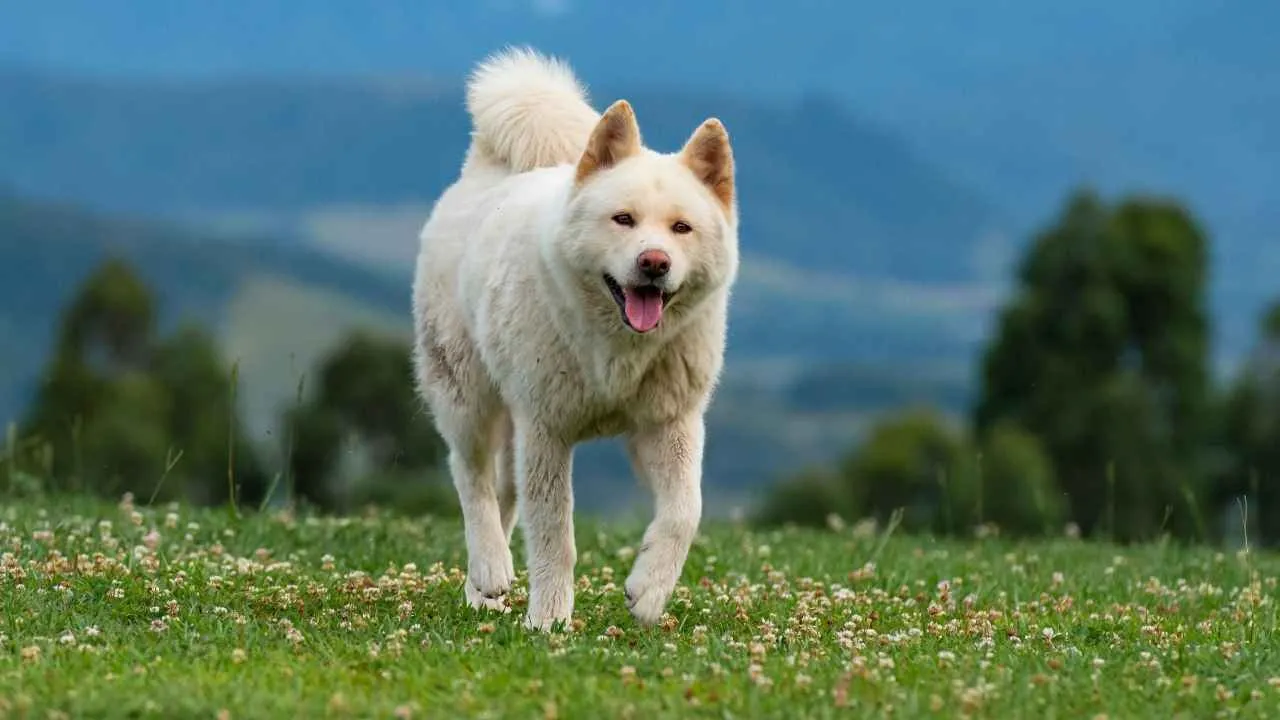
The Akita is a Japanese breed that symbolizes strength, courage, and loyalty. Originally bred in the mountains of northern Japan, these dogs were used as hunting dogs and for guarding. Their cultural significance in Japan is profound, with Akitas often being presented as symbols of good health or gifts.
Independent Spirit: Training and Temperament
Akitas are known for their strong-willed and independent nature, which makes them a challenge for first-time dog owners. Early socialization is crucial, as they tend to be aloof around strangers and may have a higher prey drive toward smaller animals.
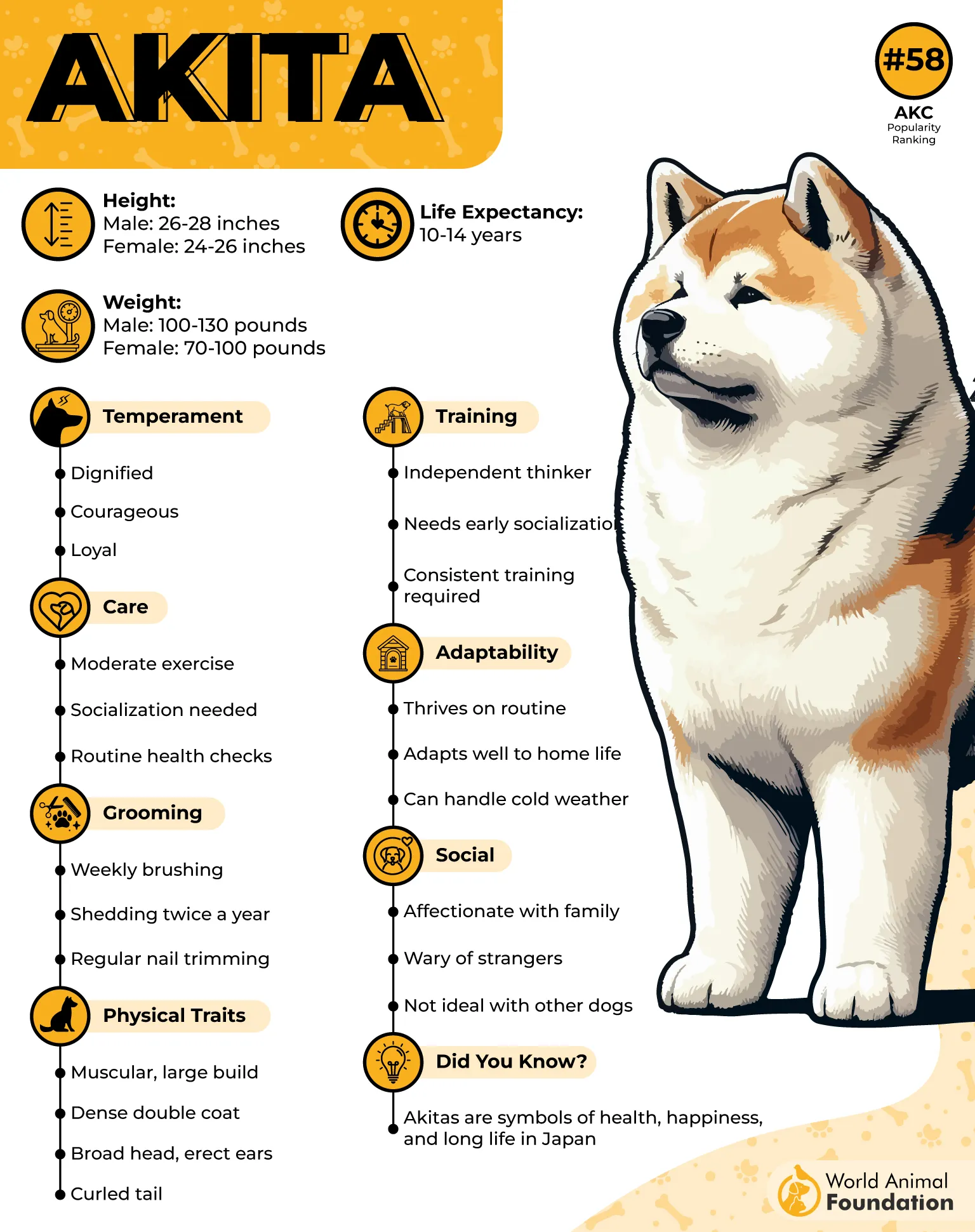
Grooming the Majestic Akita
Grooming the Akita can be a task due to their thick double coat, which sheds heavily, particularly during seasonal changes. Regular brushing helps keep their coat healthy and reduces shedding.
Akitas are generally healthy dogs, but should be monitored for joint issues, particularly if they are fed improperly or grow too quickly as puppies.
Strengths of the Akita
Muscular and broad frame, perfect for hunting and guarding as per the AKC
Historically used for powerful and courageous tasks like protection
Loyal and protective, making them excellent guard dogs
Independent, requiring firm and experienced training
Naturally aloof around strangers but deeply devoted to their families
2. Saluki
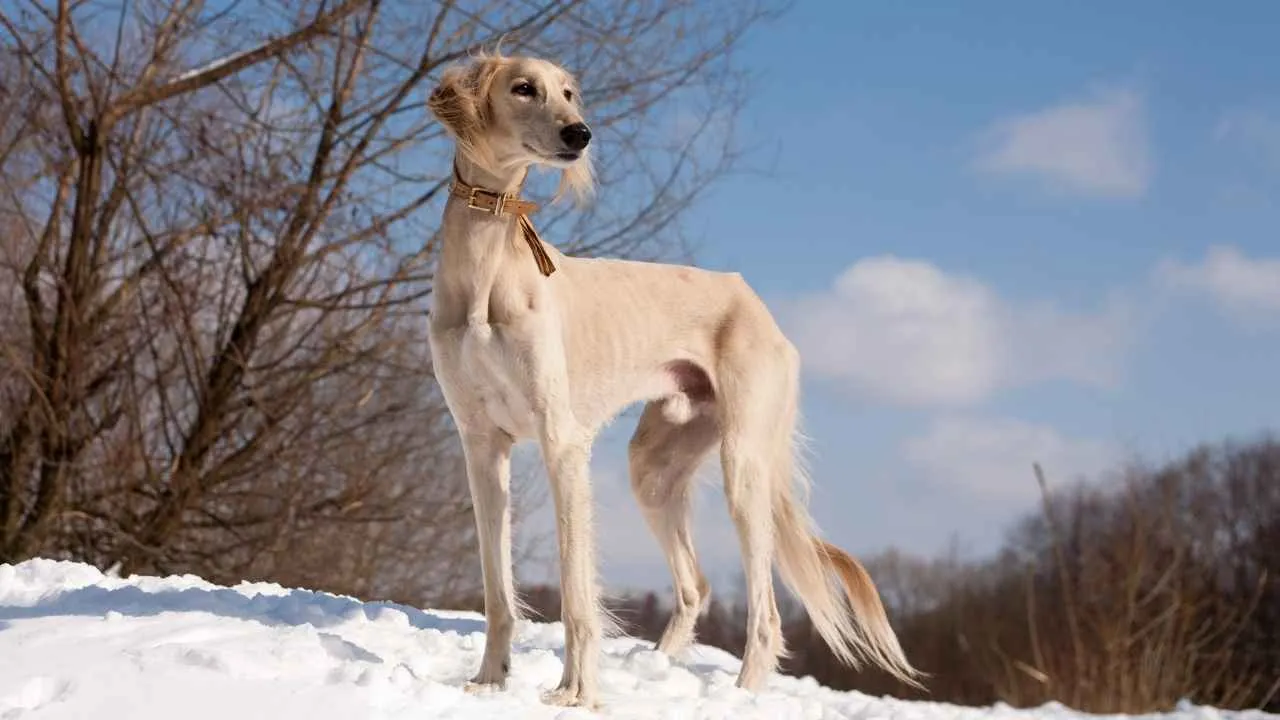
The Saluki is one of the oldest dog breeds, prized in ancient Egypt for its speed and endurance. Built for long-distance running, these sleek hounds were used to chase swift prey like gazelles across the desert. Their graceful, slender frame makes them stand out in the hound family.
Elegant and Independent: Training the Saluki
Salukis are independent and can be aloof with strangers, making them challenging to train. While they’re gentle and calm at home, their chase instinct makes them difficult to control off-leash. Training requires patience and consistency, as Salukis tend to do things on their own terms.
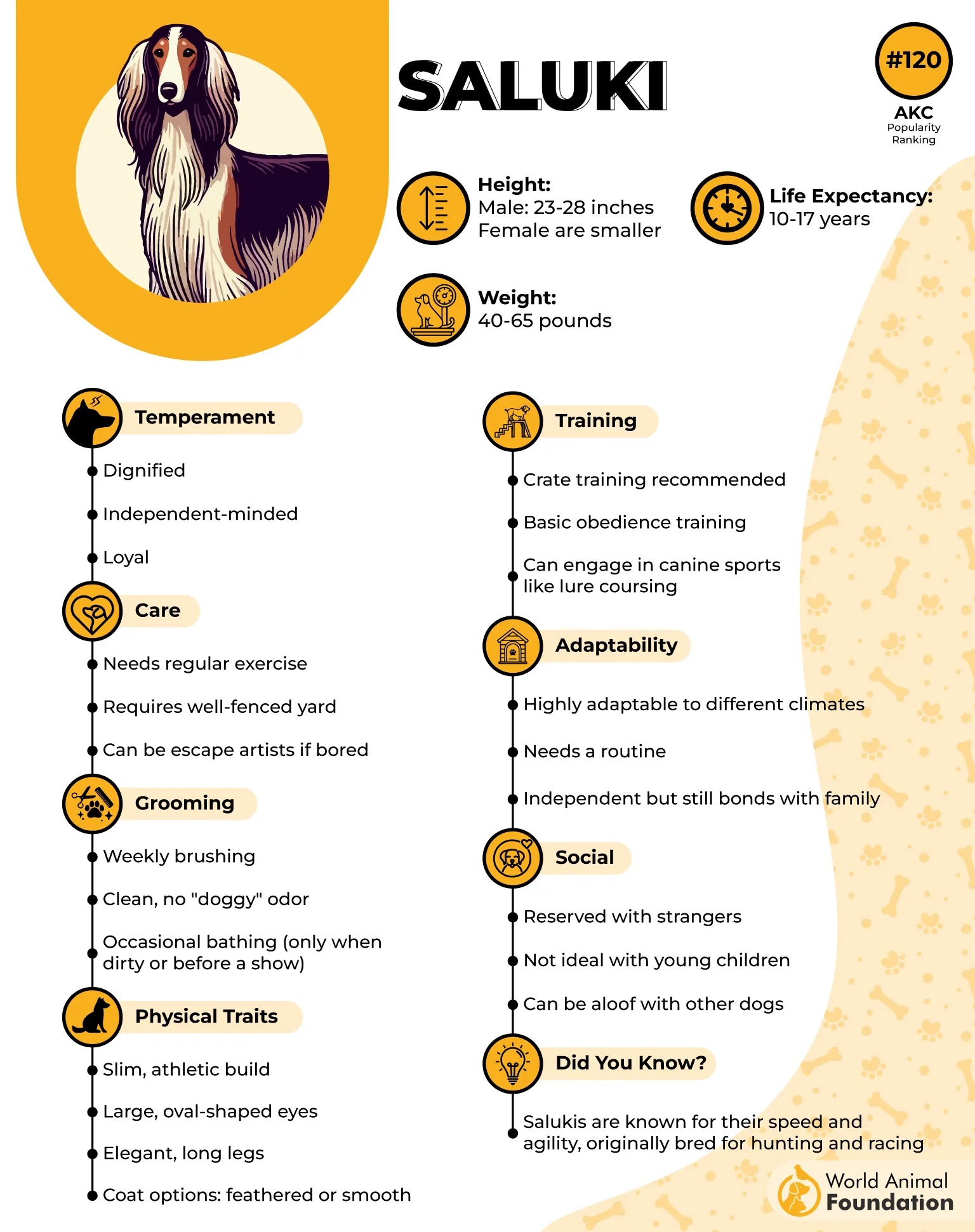
Grooming the Saluki: Elegance in Every Strand
Salukis come in two coat types: feathered and smooth. The feathered variety requires regular grooming to avoid tangles, especially around the ears and tail, as per Hill’s Pet.
While low-shedding, they do need occasional brushing. The smooth-coated Saluki is easier to maintain but still benefits from routine care to keep its coat healthy and sleek.
Strength of the Saluki:
Built for speed and endurance across long distances
Historically used for hunting fast prey like gazelles
An independent nature requires an experienced handler
Aloof with strangers, but loyal and gentle with family
Needs over 2 hours of exercise daily, with a strong chase drive
3. Chow Chow
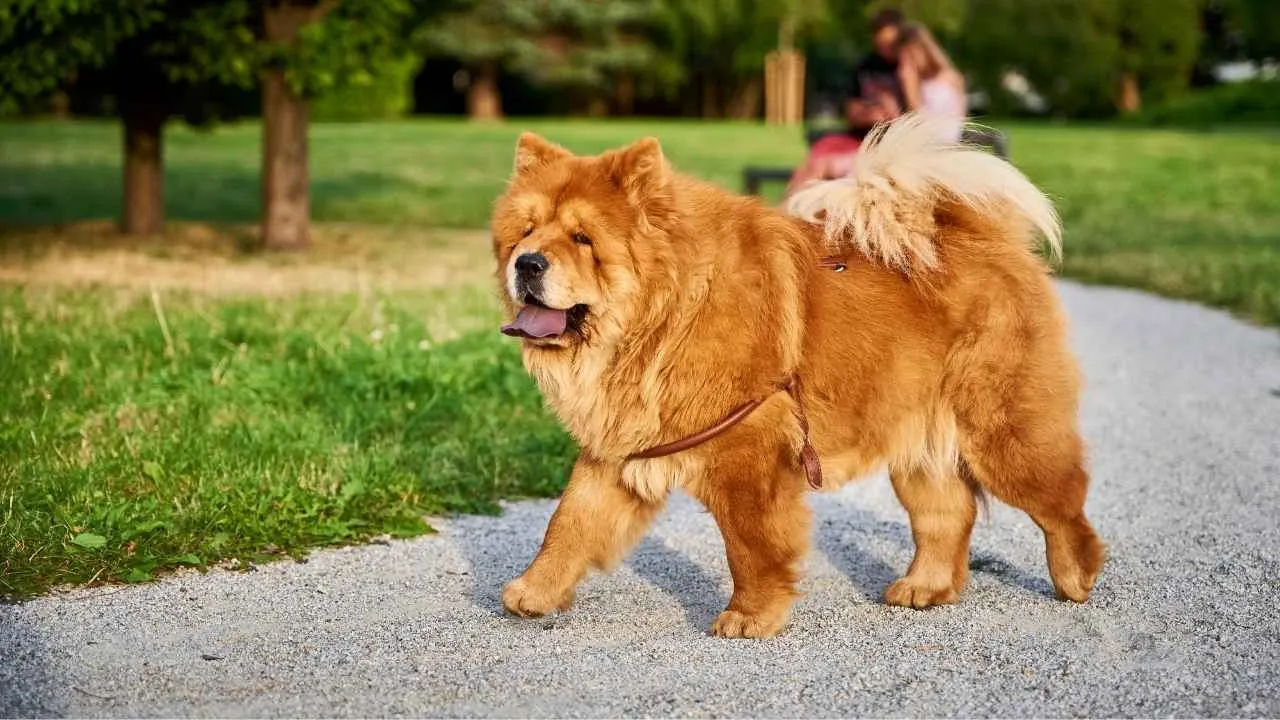
The Chow Chow is one of the oldest dog breeds, dating back to China’s Han dynasty (206 BCE–220 CE), as per PetMD. With a distinctive lion-like mane, a thick double coat, and a blue-black tongue, this breed’s striking appearance has made it a symbol of nobility.
Independent and Aloof
Training the Chow Chow can be a challenge due to its strong-willed and independent temperament. These loyal dogs are not particularly playful, and while they’re smart, they can be stubborn. Consistent positive reinforcement is key, but patience is necessary.
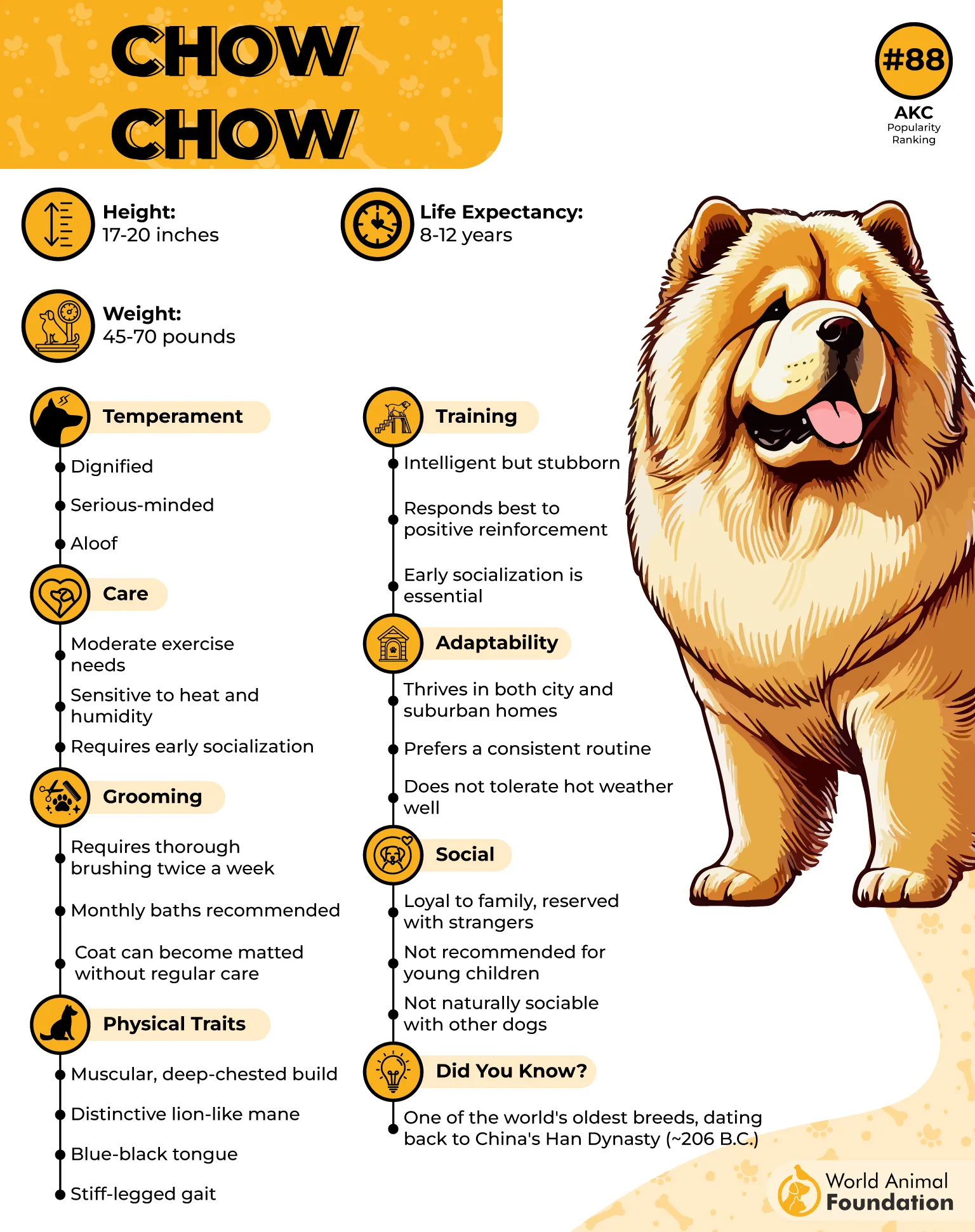
Maintaining the Majestic Coat
Chow Chows come in two coat types: smooth and rough. The rough coat, which is more common, requires regular brushing to avoid matting, while the smooth coat needs less maintenance but still benefits from weekly grooming.
Despite the grooming efforts, Chow Chows shed minimally, making them a manageable choice for owners who invest in regular maintenance.
Strengths of the Chow Chow:
Strong-willed, independent, and occasionally aloof with strangers
Known for their lion-like appearance, including a thick mane and blue-black tongue
Excellent watchdog and protective, though not overly affectionate
Requires consistent training with patience and positive reinforcement
Low-energy but enjoys a comfortable environment and daily moderate exercise
4. Basenji
The Basenji is one of the oldest dog breeds, dating back thousands of years to ancient Egypt. Originally from the Congo, Basenjis were prized for their keen senses and ability to hunt silently. They don’t bark but make a unique “yodeling” sound, earning them the nickname “barkless dog.”
Clever Yet Challenging: Training the Basenji
Basenjis are among the smartest dogs, but notoriously stubborn and not easy to train. They require creative, patient handling to bring out their best qualities. Though they enjoy agility and running, their natural independence can make them a challenge to manage, especially if they’re left to roam or dig.
Minimal Effort for Maximum Cleanliness
Basenjis are low-maintenance when it comes to grooming. Their short, sleek coat only requires a quick brush or cloth swipe once or twice a week. They don’t require regular baths, making them easy to maintain. Their minimal shedding makes them an ideal choice for owners seeking a cleaner dog.
Strengths of the Basenji:
Ancient lineage dating back to ancient Egypt, featured in the Pharaoh’s art
Known for being a silent hunter, they don’t bark but make a yodeling sound
Extremely agile and intelligent, but need creative training methods
Independent, often climbing to high places to survey their surroundings
Low-maintenance grooming makes them ideal for cleanliness-loving owners
5. Samoyed
Samoyeds are quick learners but can be independent, making training a challenge for first-time owners. They respond best to positive reinforcement and consistent, reward-based methods. Early training is crucial, and the whole family must stay on the same page to manage their spirited nature.
A Rich History of Hard Work
Bred by the Samoyedic people of Siberia, Samoyeds were essential for herding reindeer and pulling sleds in sub-zero temperatures. With thick coats and strong wills, they were built to withstand the harshest Arctic conditions, as per Britannica.
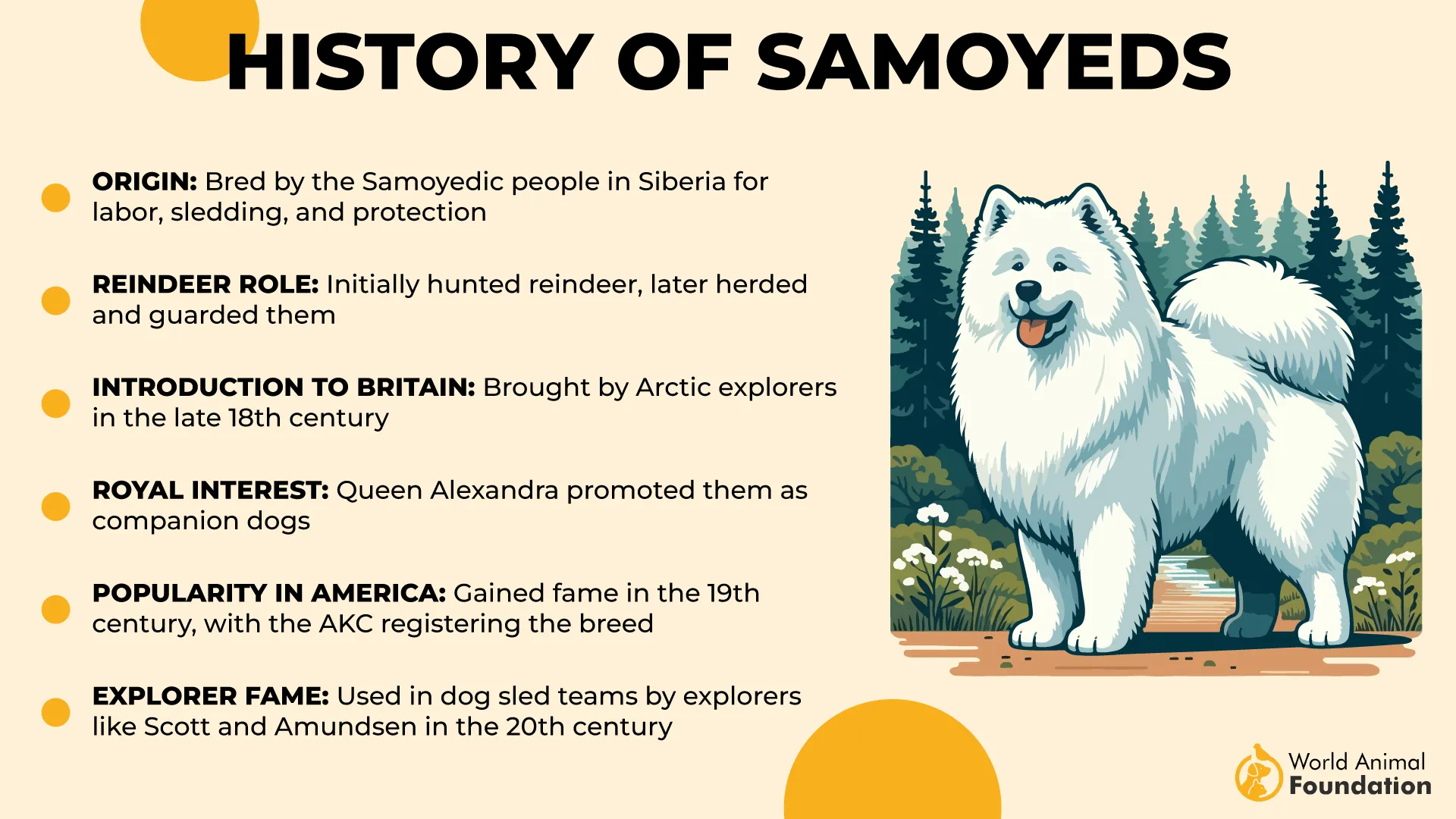
Grooming: A Full-Time Commitment
Samoyeds require daily grooming to manage shedding and prevent mats in their thick coats. Their fur should never be clipped, as it provides insulation against the cold. Regular brushing, along with occasional professional grooming, ensures their coat stays in good condition.
Key Traits of Strength
Bred to endure freezing conditions and long distances.
Medium dog but powerful, with impressive strength for sled-pulling.
Their thick coat offers unmatched protection in cold weather.
Built to handle tough tasks like herding and hunting.
Strong emotional bonds make them devoted family companions.
6. Lhasa Apso
The Lhasa Apso is an independent breed, often stubborn when it comes to training. They were bred to be self-reliant watchdogs, so they may not always follow commands quickly. Positive reinforcement and patience work best with this breed.
A Storied History of Protection and Loyalty
Hailing from Tibet, the Lhasa Apso was revered by Tibetan monks and used as a guard dog for palaces and monasteries.
With a long history, the breed was considered sacred, believed to house the souls of deceased lamas, as per Purina. They are a living symbol of the mythical Snow Lion, the protector of Tibet, embodying strength and loyalty.
Grooming: A Coat Fit for Royalty
With its long, flowing coat, the Lhasa Apso requires regular grooming to prevent matting. Their beautiful, thick fur should be brushed daily to maintain its condition. Despite their luxurious coats, these dogs are low-shedding, making them a suitable option for those with mild allergies.
Key Traits of Strength
Bred as watchdogs, they are highly protective of their family.
Despite their small size, Lhasa Apsos are fearless and stand their ground.
Strong bonds with their owners; they thrive on being part of the family.
Independent and confident, they don’t rely on constant attention.
Adaptable and resilient, they handle challenges with grace.
7. Xoloitzcuintli
Xoloitzcuintlis are highly intelligent dogs, but their independent nature can make training challenging. They respond best to positive reinforcement and patient, consistent training methods.
Their deep connection to their ancient roots often makes them protective, requiring a firm, gentle hand to guide them.
Ancient History and Reverence
The Xoloitzcuintli, an ancient Aztec breed, dates back over 5,000 years. Revered by the Aztecs, they were considered sacred and often buried with their owners.
This breed’s association with the god Xolotl, the dog-headed protector, adds to its mystique, making it a revered symbol of strength and loyalty.
Grooming: Low Maintenance, High Care
The hairless variety of the Xoloitzcuintli requires minimal grooming but needs careful skin care. Their smooth skin can dry out, so regular moisturizing is necessary. Sunscreen is crucial to protect them from sunburn, especially in hot climates. Routine bathing and skin care routines will keep them comfortable.
Key Traits of Strength: How Strong Are Xolos?
Their ancient guarding instincts make them vigilant watchdogs.
Despite their historical role as protectors, they thrive as modern companions.
Known for curative properties, especially their heat-retaining bodies.
Despite their small size, they possess a sturdy, graceful build.
Xolos have survived thousands of years, maintaining their strength and significance.
Conclusion
The strongest dog breeds, such as the Afghan Hound and Siberian Husky, trace their origins back thousands of years ago. These oldest breeds were developed as loyal guardian dogs and hunters, often used for hunting small game. Their endurance and loyalty make them beloved companions to pet parents today.
Ancient dog breeds like the Mexican Hairless Dog and Lhasa Apso served vital roles in ancient Egypt and Tibet. These dogs were trusted to guard families and homes, with some even considered sacred. Their close bond with humans dates back to ancient art and cave paintings, symbolizing their importance.
Today, these breeds, including the Akita Inu and Shiba Inu, remain affectionate and protective family members. They are highly trainable, requiring mental stimulation and exercise. Whether hunting small animals or providing companionship, these ancient breeds continue to thrive, tracing their roots from ancient China to the Middle East.


